
“Every port in Italy has a fried seafood combination plate, but not too many have good ones. On the Amalfi Coast, however, they know how to do fried seafood right. The key is to make sure the oil is at the right temperature,” explain the authors of this cookbook. You’ll note that the oil is astoundingly low at 275°F (135°C) and may seem to defy most contemporary deep-frying logic. Yet, as our recipe testers will attest, it ensures your fried seafood remains sigh-inducingly crisp and the seafood exceptionally tender. As for those fried lemon slices, they’re a memorable Amalfi Coast tradition we’ll gladly appropriate.–Renee Schettler Rossi
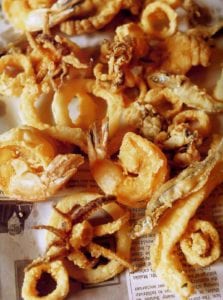
Fritto Misto Amalfitano
Equipment
- Deep-fry or candy or instant-read thermometer
Ingredients
- 6 cups extra-virgin olive oil, or more as needed
- 2 cups canola oil, or more as needed
- 1 1/2 cups Wondra flour, (or substitute rice flour for gluten-free)
- 1 cup cornstarch
- Pinch of sugar
- Pinch of cayenne pepper
- Sea salt
- Freshly ground black pepper
- 2 lemons, 1 thinly sliced and 1 cut into wedges
- 1 pound squid, cut into 1 1/2-inch (4-cm) pieces, or large shrimp, peeled and deveined
- 4 ounces shucked oysters
- 4 ounces bay scallops
- 1/2 pound scrod, cod, or other mild white fish, cut into 1 1/4-inch (3-cm) strips
Instructions
- Pour the olive and canola oils into a Dutch oven, stock pot, or other wide, deep pot. You should have a pool of oil that's at least 8 inches (20 cm) deep. If not, add more to bring it to that depth. Place the pot over medium heat until the oil measures 275°F (135°C) on an instant-read or candy thermometer. You want to maintain that temperature at a steady rate for at least a few minutes before you proceed.
- While the oil is heating, in a wide, shallow bowl, combine the flour, cornstarch, sugar, cayenne, and 2 teaspoons each of salt and pepper. Dredge the lemon slices and the seafood in the flour mixture, shaking off any excess flour.
- Line a baking sheet or platter with paper towels or a brown paper bag.
- Using tongs or a slotted spoon, gently lower some of the dredged lemon slices into the hot oil, working with just 4 to 6 pieces at a time so as not to crowd the pot. The oil should bubble and sizzle but not spatter.
- Cook until golden brown and crisp, about 5 minutes. (Keep an eye on the oil temperature. It will drop immediately after the ingredients are added and slowly climb as they are cooking. Do not let the oil temperature climb above 280°F [138°C].)
- Using tongs or a slotted spoon, transfer the lemons to the baking sheet or platter. Season with salt and pepper while still hot. Repeat with the seafood, excluding the squid.
- Increase the temperature of the oil to 325°F (163°C) and repeat with the squid. Serve the fritto misto family-style on a platter or a newspaper-clad table along with the fried lemon wedges on the side for squeezing.
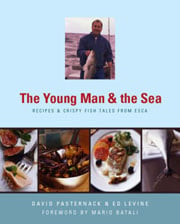
Nutrition
Nutrition information is automatically calculated, so should only be used as an approximation.
Recipe Testers’ Reviews
This is a unique approach to frying fish with unique results. While it takes a watchful eye to keep the oil temperature below 280°F, the results are worthwhile.
It took about 7 minutes to heat a blend of olive and canola oils to 275°F on medium heat. I began by frying the lemons. They emerged from the fryer crisp but juicy. These were absolutely wonderful. I think I could have eaten a plate of the lemons all by themselves. When I placed the lemons in the oil, the flour mixture did disperse a bit. This caused the oil to become cloudy, but it didn’t affect the outcome of the lemons or the fish.
The fish fried up into a lightly crisp, nongreasy, flavorful piece of cod. The texture of the fish becomes firm but not rubbery, although the fish does not fry up into a deep, golden brown; it’s not like a British fish fry. Eat some of the lemons and fish together. They are a great combo. (These lemons would also be fabulous on their own served as is or with some powdered sugar for a sweet finish.)
This recipe works perfectly as written. Since I first tested this recipe I’ve made it quite a few more times, and the results have always been amazing.
I did a batch with Wondra flour and another with rice flour (due to being on a gluten-free diet). My husband tried both and felt there was very little difference between them; if anything, he felt the seafood that was coated with the rice flour was even lighter than the seafood coated with Wondra. The color of my seafood wasn’t as golden brown as the photo above. The scallops especially were tremendously moist and juicy. It was far from greasy/oily. We ate it as an antipasto but made a meal out of it. Although it was finger food, our hands weren’t greasy, which I think says something. The reason I DID like using the flour was that it was much more like southern European-style, where there is barely any batter. Living in Wisconsin, where Fish Fry Fridays are common, I’m never able to eat the fish due to the heavy batter, which in my mind takes away from the actual taste of the seafood. This is absolutely not your typical American fried fish. It’s very European, hence I loved it. Even after the fried seafood turned cold, it kept its crispness.
but for the person who’s less experienced with cooking fish, especially frying fish, I’d add a few pointers:
1) I used a deep fryer, which makes it easier to control the temperature of the oil.
2) The temperature of 275°F is perfectly fine for thicker fish and the scallops. I used flounder, cod, walleye, and swai fillets.
3) For the squid, I first tried cooking it at the same temperature as the fish but it came out too rubbery. So for the next batch I brought the temperature to 320°F and the squid was perfect after about 3 minutes.
4) Make sure to fry the fish in batches according to size and thickness, as the thicker pieces will take longer (about 4 minutes) and the thinner will cook faster (the squid took 3 minutes max).
5) Make sure when dredging the squid rings to open them up nicely so that their insides are floured so they won’t stick.
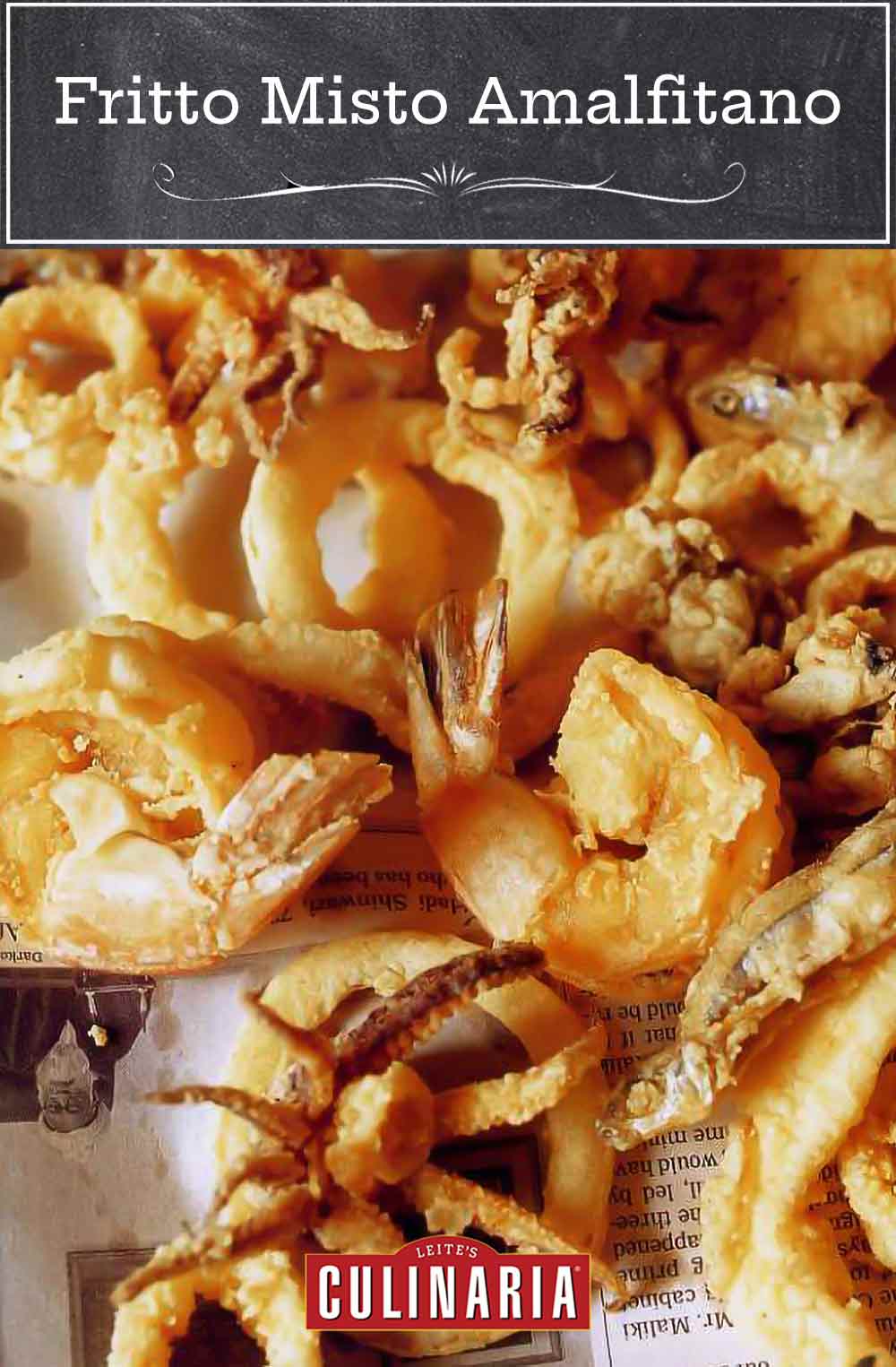



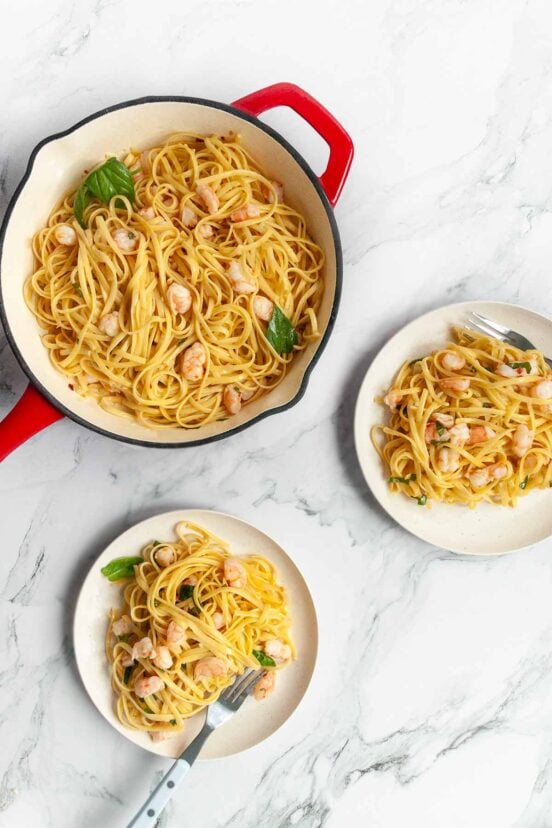
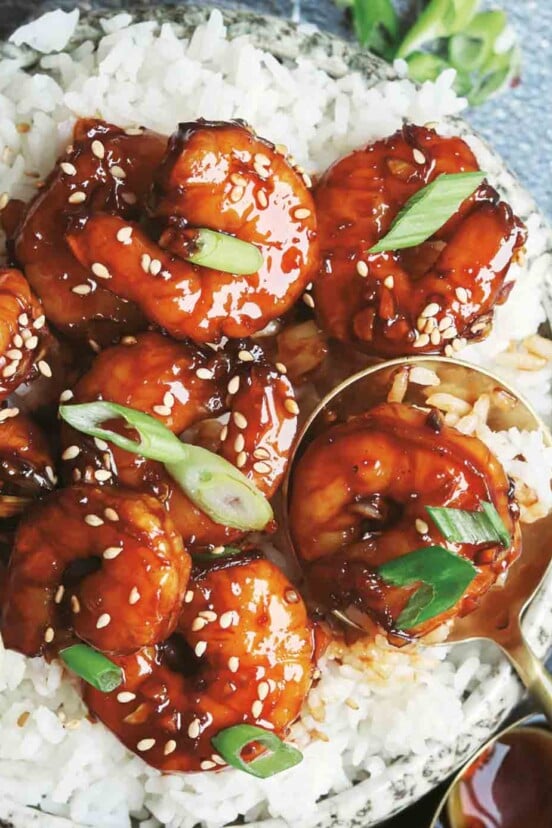
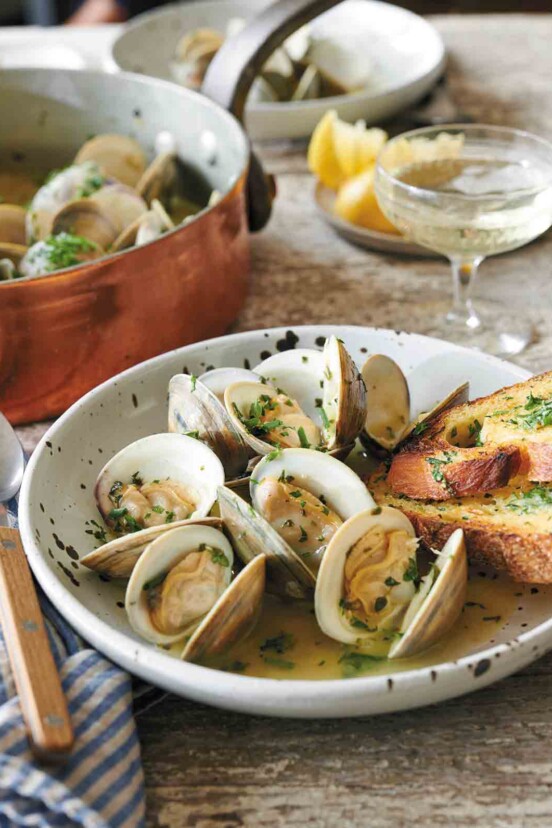









I had the best fried squid ever at a VFW Hall in Rhode island. Warwick??? They served it with what looked like pepperoncini right from the bottle with garlic added and warmed. It was fantastic, so much better than Marinara or Tartar or other heavy sauces.
I’d never have thought of using Wondra or rice flour (thanks, Sofia) for this, but I can see from the picture what a great light crust it makes. When I can get my hands on some squid, I am so going to try this recipe (never mind the Misto). I like the other fish/shrimp, too, but squid is my downfall.
Ah, Ruthie, we would be great together. You can eat my squid and I can steal your shrimp!
When I was 11 1/2, my parents took me and my sister to Europe for three weeks (wasn’t enough time really). In Florence, Italy, I had my first (and second!) plate of Fritto Misto Mare. I never forgot the fish and seafood on those plates–small baby octopus, squid, fish of some kind, langostino, and scallops. It was so good my parents went back the next night. It was the first time I ever had squid, octopus, or langostine–and it wasn’t the last. This brings back such good memories. I totally agree with Dave Pasternack, Wondra flour is amazing stuff. I always have a can in my cupboard for frying delicate food items.
RisaG, it never ceases to amaze me what food can do in terms of triggering memories. And I understand something being so spectacular that you simply can’t help but go back a second night, that I do. Thanks for sharing your first (and second!) Fritto Misto with us…and I concur, three weeks is never long enough. But then, is any amount of time in Europe ever sufficient?